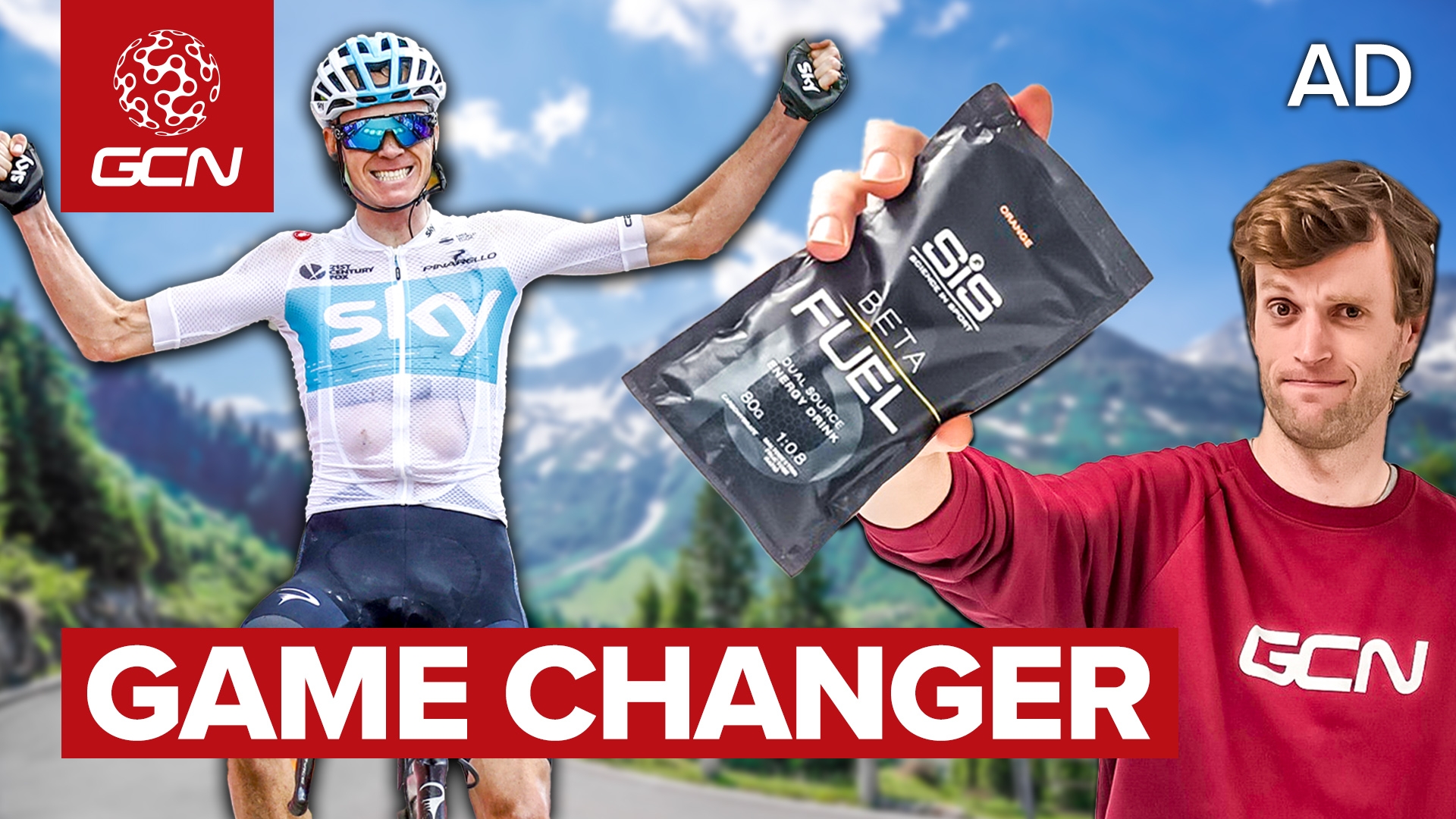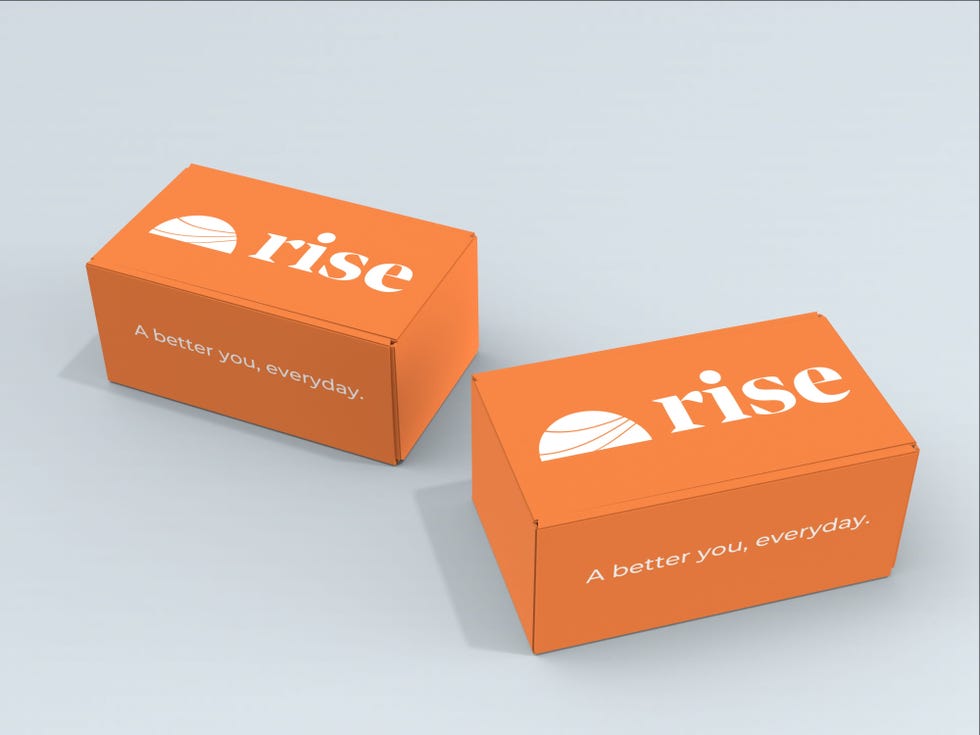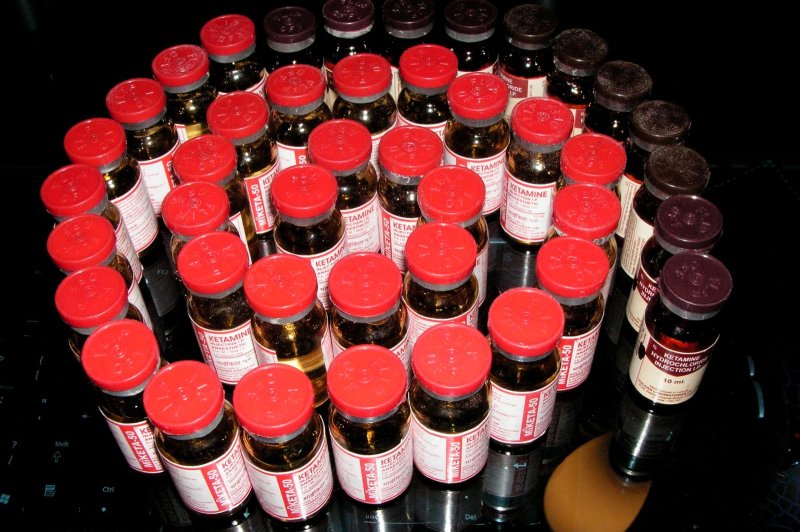The 19th stage of the 2018 Giro dItalia will live long in the memory. It was the day Chris Froome threw off the chains to launch a solo 80km attack and beat his rivals by three minutes – one of the greatest feats in modern Grand Tour history. This victory put the British rider in the lead of the race, which he would go on to win, and also led to the appearance of Science in Sports Beta Fuel.
Now a well-known name in the world of cycling, Beta Fuel is a range of energy products that are packed full of nutrients. It was a turning point in 2018 when Froome used it to fuel his historic climb, raising the ceiling of what was once thought possible in terms of carbohydrate intake, but has become widespread in the pro peloton.
But what exactly is Beta fat and how will it change the landscape of cycling nutrition from 2018? We spoke to Ineos Grenadiers nutritionist, Marc Fell, to find out more about the product and how it has changed the game.
For those who don’t know, can you explain what Science in Sport Beta Fuel is?
Beta Fuel originally started as a standalone product. It was only 80g of carbohydrate for the powdered drink. Inside one bidon, you put one sachet of Beta Fuel, which was equivalent to 80g of food.
Its highly developed and evolved in recent years to become the most advanced and durable system on the market and available to riders.
Now we still have the 80g carbohydrate drink, and we have the 40g Beta Fuel gel and Beta Fuel gelly as well, which provide 46g of food.
What makes it so effective and how the body can absorb so many carbohydrates?
It’s a very unique product, because it uses two types of carbohydrates, as opposed to the single type carbohydrates you see in other gels. For example, Science in Sport GO gel is a carbohydrate-only gel. This means that it has only one type of food.
Beta fat, in turn, contains two carbohydrates, which combine maltodextrin and fructose together. This means that your body can absorb more carbohydrates, which can then be delivered to the muscles for energy.
Your body does this in an extreme way, because each type of carbohydrate has its own special transporter that can be taken from the small intestine into the bloodstream. If you only use one type of food, such as maltodextrin, the container it is made of is filled at about 60g per hour, so about 1g per minute.
When you add more fructose, it has its own special container. So you’re filling another vessel, which means you’re putting more nutrients into the system. It is also important to have the right ratio of maltodextrin and fructose, so you are also preparing the system for providing carbohydrates.
Beta Fuel was introduced to the scene after Chris Froomes’ victory on stage 19 of the 2018 Giro dItalia. How did things get to this point?
It was back in 2018, and at the time I was a PhD student with what was then Team Sky. The head of nutrition, Professor James Morton, was trying to administer Beta fat within the team. It was the type of place that became known as the difference between the oil production process. It was not specific to the Giro in 2018, but also to other races, such as the Classics races where its full air above the ropes. You don’t always have the chance to pour oil, so how can we get the most sustainable drink?
Basically from the beginning of the season, it was known mostly about the Classics but then again the Giro is probably the most unpredictable Grand Tour in terms of weather. So it can be snowing one day, raining the next, sunny the next. We needed to have a product that was designed to provide an easy way to make more oil.
When we launched the product in 2018, it began a long period of testing. First, if we introduced them to some riders at a training camp or on a training trip, they would try and see how they would respond, like how they felt about whether they would allow this type of drink. It was then introduced into stage races and one-day races to see how riders respond to the drink in a race or racetrack.
This then led to one of the biggest goals of the season.
What did the riders do with Beta Fuel, which was different from what they would have been used to at the time?
Riders regularly provide valuable information on the functionality of the bike in terms of the types of features they think will benefit them. They had talked about high carbohydrate drinks and high carbohydrate gels during this period. But that’s easier said than done. For example, you go from having 20g of milk fat to something that is four times that amount. It is very thick, very difficult to digest.
In the beginning, the answers may have been difficult to eat because the answer is small, very long, difficult to eat, so you can feel full in the gut. I don’t think there were any real instances of anyone jumping off their bikes and going to the toilet on the side of the road, but it took a long time for them to train their guts to get the most out of this type of thing.
Are there other riders who are hesitant to go the high carb diet route?
Yes, of course. Again, some people find that they can’t tolerate high carbohydrate foods, so they slowly transition to high-carb diets. Or, I guess, riders think that they haven’t increased much on the bike earlier in their career, so they don’t have to now. But I think that, again, it works for one rider and a lot of guys start to feel more comfortable when they see the benefits of other riders.
We were seeing the speed rise more than ever. Does high carb fuel drive this?
Yes, I think too much oil on the bike is off the bike. Of course, when you break it down and break it down, with high output and high power requirements, it makes sense that if you can add more fuel and food, then you’ll have more fuel in the tank to get by. go fast.
Then it is the types of products that are being refined, and how different methods are being used to measure the value of a product or the amount of carbohydrates in the products that are being used, then it should have a value like you. can have a lot of power.
Beta Fuel is produced by Ineos Grenadiers. Is there anything you are working on or developing?
I may not be able to get into the details or the specifics of it, but when we look at what works on a bike and what’s going well, one of the biggest things at the moment is heat. If we look at the Tour de France or last year at the Vuelta a Espaa, about 40C every day. One of the main things is to be able to reduce or reduce the body temperature, or to try to keep the passengers as cool as possible. That way they don’t waste energy and they do better.
One of the areas they were looking at was Science in Sport and the MPD stuff around, how can we keep cyclists cool? What I think will make a big part of going to the top games and even their preparation for the stage and recovery from the stage.
Has Beta Fuel been making a difference in professional cycling?
Yes, I think so personally, not biased. Indeed, the demand for more oil, and feedback from riders has made it easier than ever to oil a bike. We obviously try to collect data about the cyclists. It’s great when you see a steady stream of foods you want to eat without any GI [gastrointestinal] stress or any negative, related to having simple, accessible products that are backed by science.
Find out more about the latest technology at GCN website, linked here.
#SiS #Beta #Fuel #changed #cycling #Interview #Ineos #Grenadiers #nutritionist #Marc #Fell
Image Source : www.globalcyclingnetwork.com




